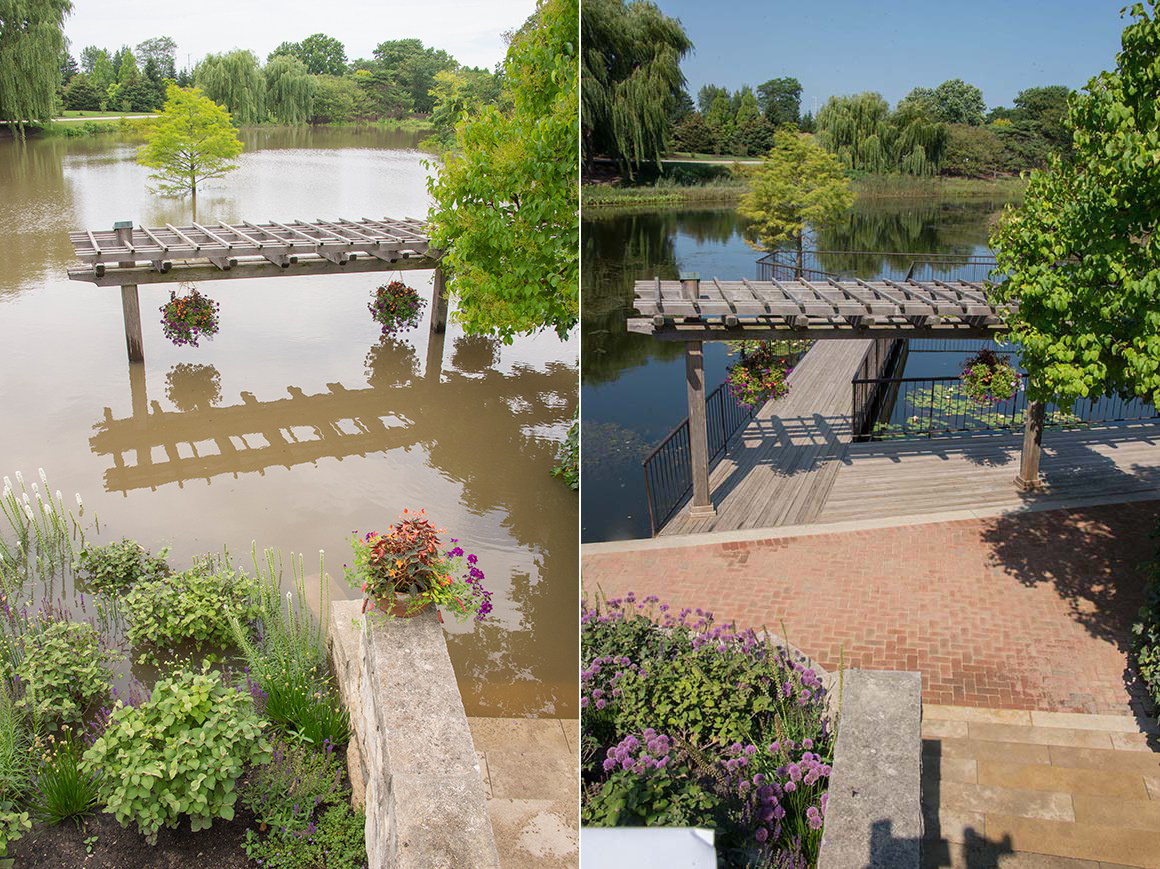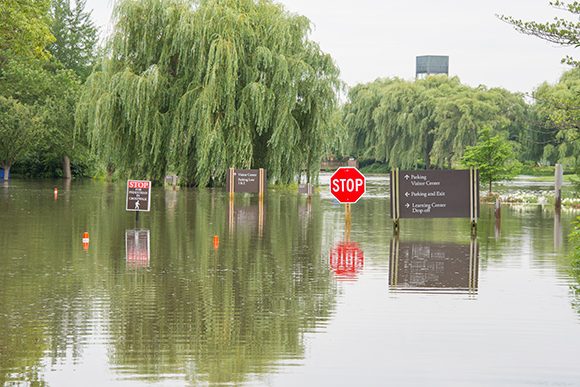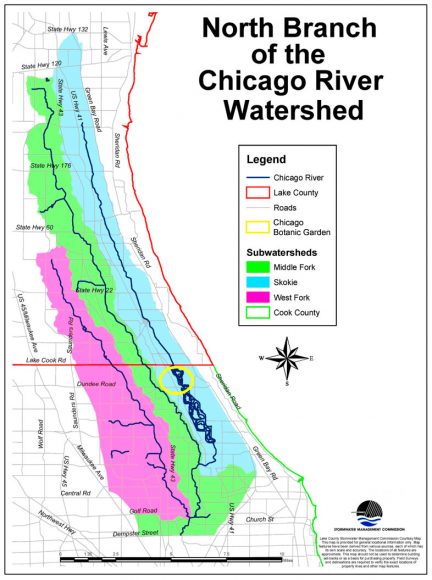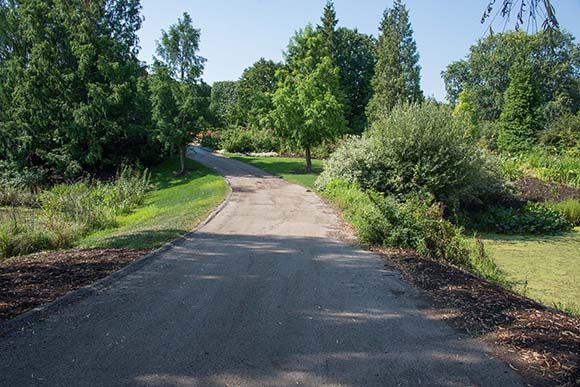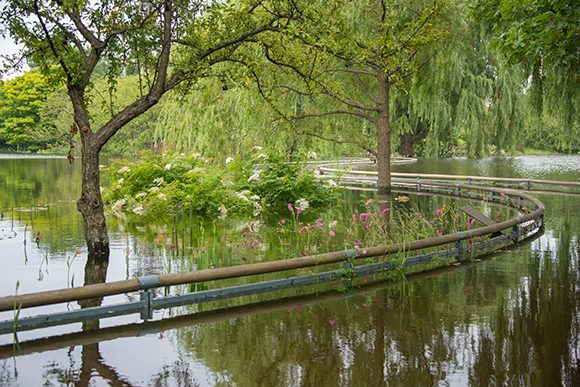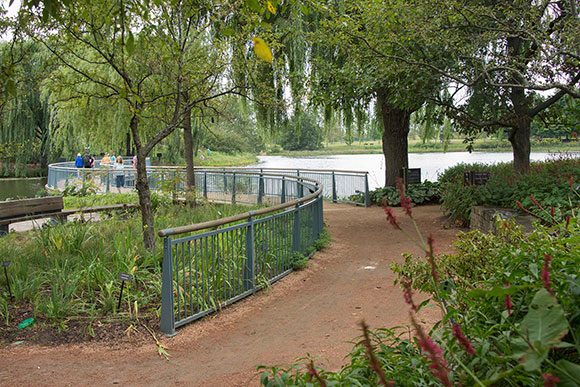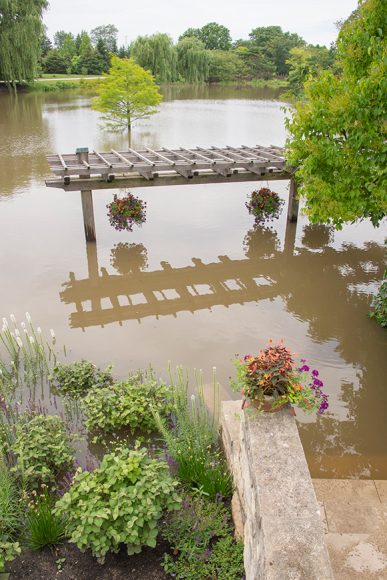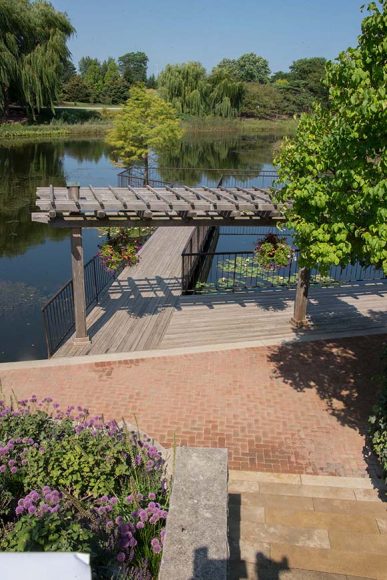Over the river and through the woods you trekked to find the perfect, most lush Christmas tree (okay, maybe you drove to the nearest retail lot and pointed at that one). Now that you picked your evergreen, how do you make it last through the holidays (and possibly even longer)?
Keeping your tree fresh isn’t hard—most can live up to a month—as long as you follow some simple rules of evergreen thumb. Get it? Horticulturist Tom Weaver explains how to get the most life out of your tree in a few easy steps.

Pick a fresh tree
If you’re shopping for pre-cut live trees at a nursery or retail lot, never buy a bagged tree, says Weaver. It’s harder to know whether the tree is fresh if it’s wrapped in netting. The best way to tell which pre-cut tree will last longest is to do the “shake test.” Grab a tree by its trunk and give it a little jostle. If more than handful of the tree’s needles fall off, you may want to keep looking. Also, make sure the needles are firm, flexible, and dark green—not dry, brown, and brittle. Firs keep their needles longest, but there are many kinds of evergreens to choose from.
Give the stump a fresh cut
If you purchase a tree at a location less than 20 minutes from your home, ask for the tree stump to be cut ½ to 1 inch while at the retailer. If you’re commuting more than 20 minutes with tree in tow, make the cut yourself at home. When a tree sits in a lot, its stump creates a callus to prevent it from losing water and sap. A fresh cut allows the tree to absorb water more easily. Make sure the cut is perpendicular, not at an angle or pointed.
Watering rules
As soon as you get your tree home, plunge it in a bucket of room-temperature water until you’re ready to put it in a tree stand. Make sure the tree stand reservoir can hold enough water for the size of tree you picked—Christmas trees generally drink a quart of water a day per 1 inch diameter of the tree’s stem. Most drink up to a gallon a day. Don’t let the water dish run dry!
To feed or not to feed?
Although some tree experts say water is plenty, Weaver recommends adding Christmas tree food to the mix. “Think of it as a giant cut flower,” said Weaver. “You’ll have better luck extending the life of your tree with some food.”
Step away from the heat
Though you’ll likely want to snuggle up next to the fire to gaze lovingly at your tree, the tree doesn’t share this wish. Position it far away from any heat source (fireplaces, furnaces, radiators, and heating vents), because heat speeds up the drying out process. Not only will that mean your tree will die sooner, but a dry tree is also a big fire hazard. Show your tree some love by keeping it in a cool place, and you’ll enjoy its piney scent through the New Year.
©2017 Chicago Botanic Garden and my.chicagobotanic.org

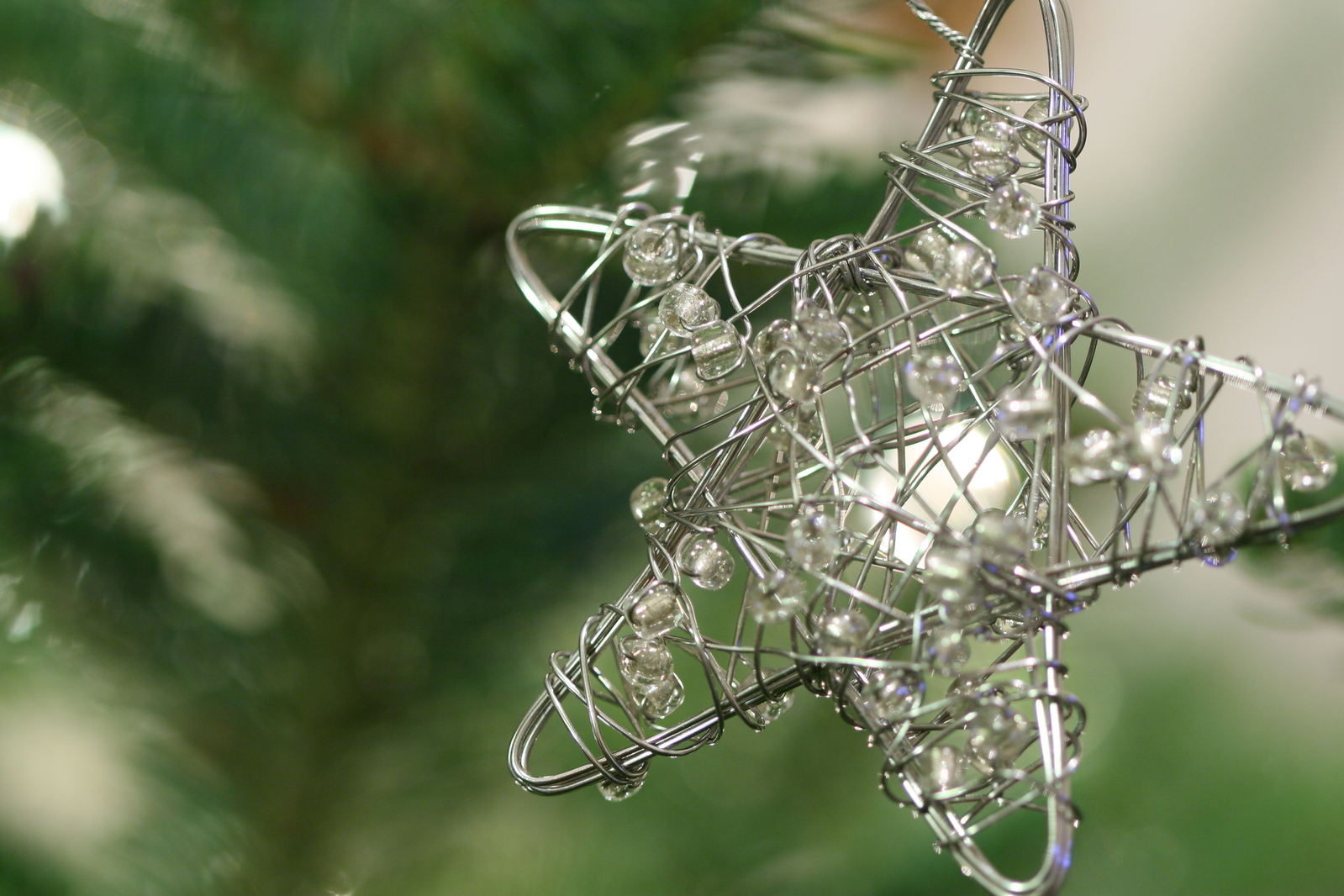
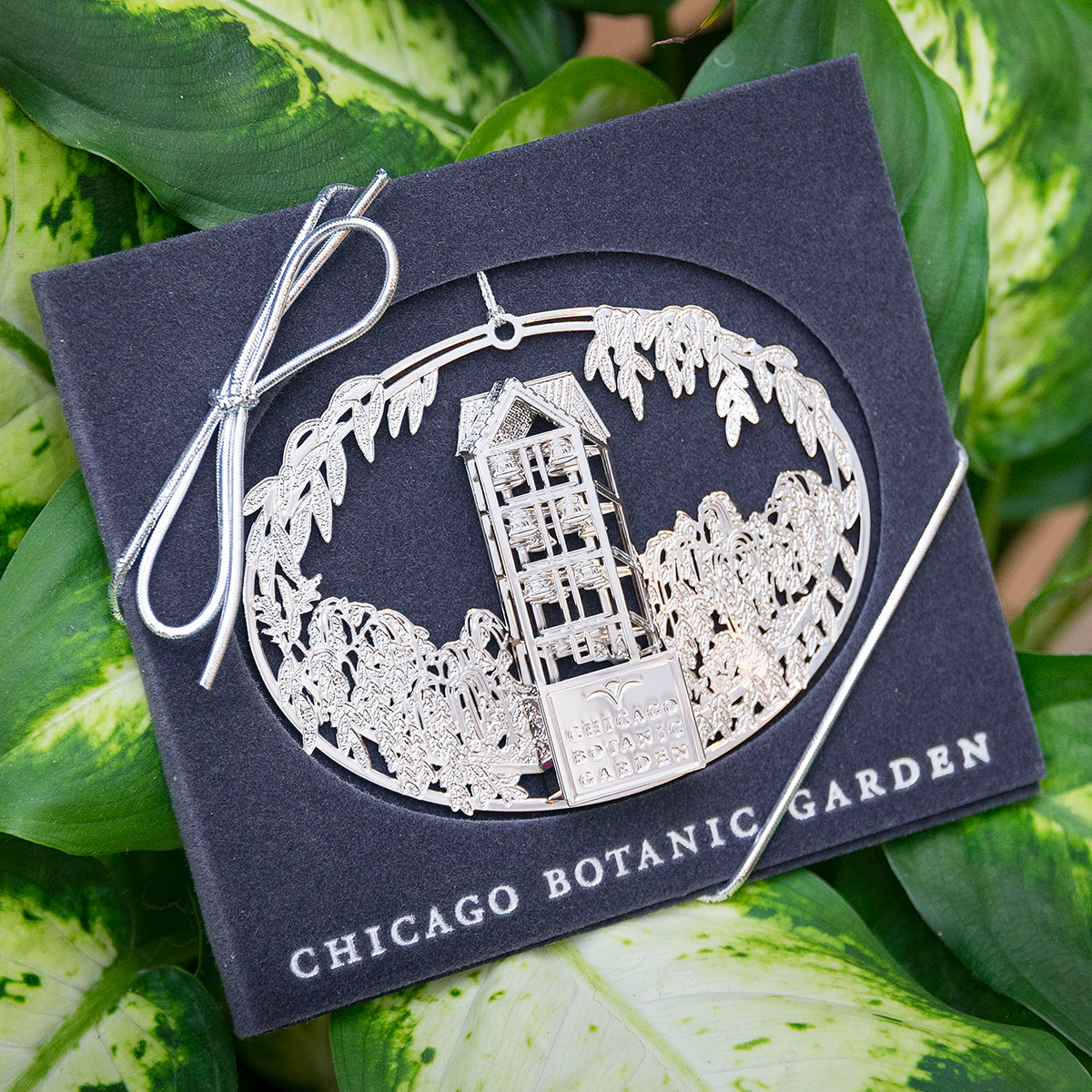
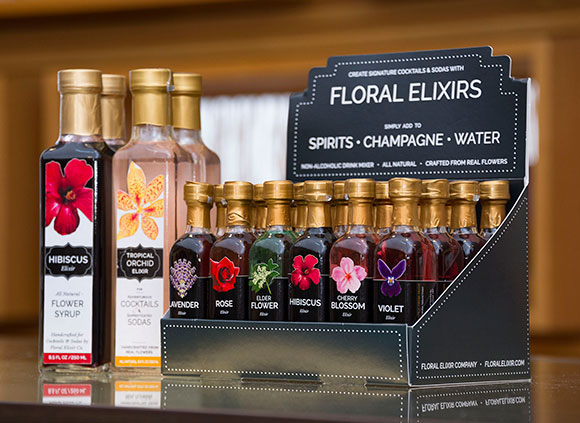

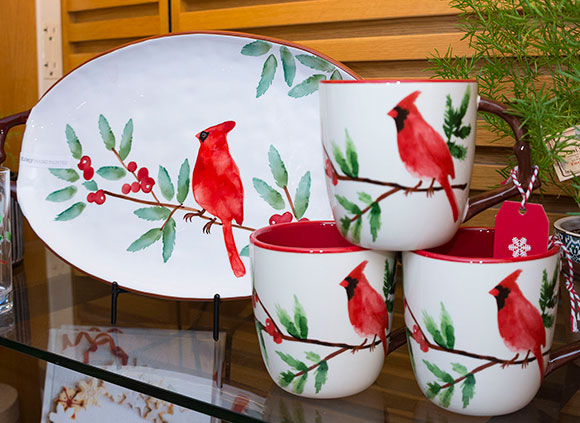
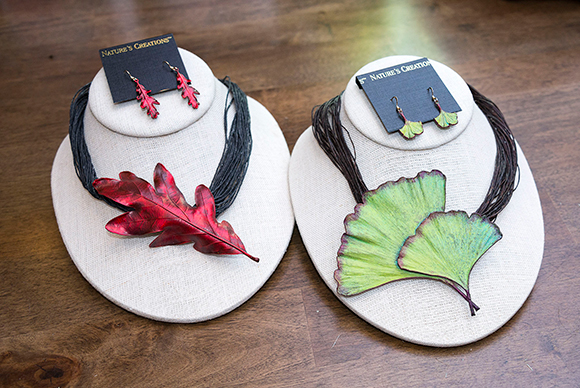
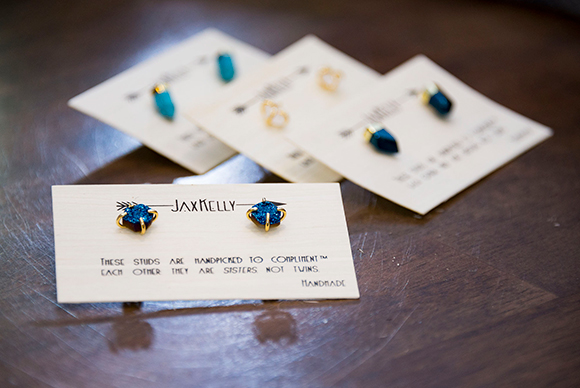
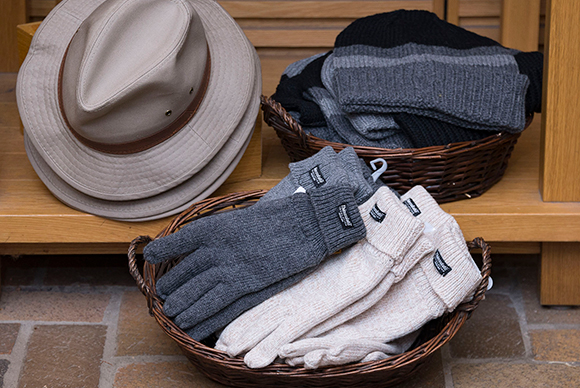
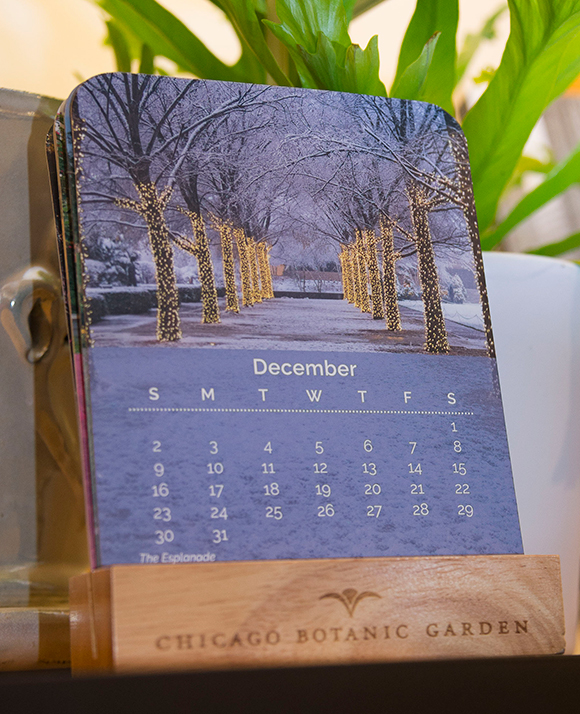
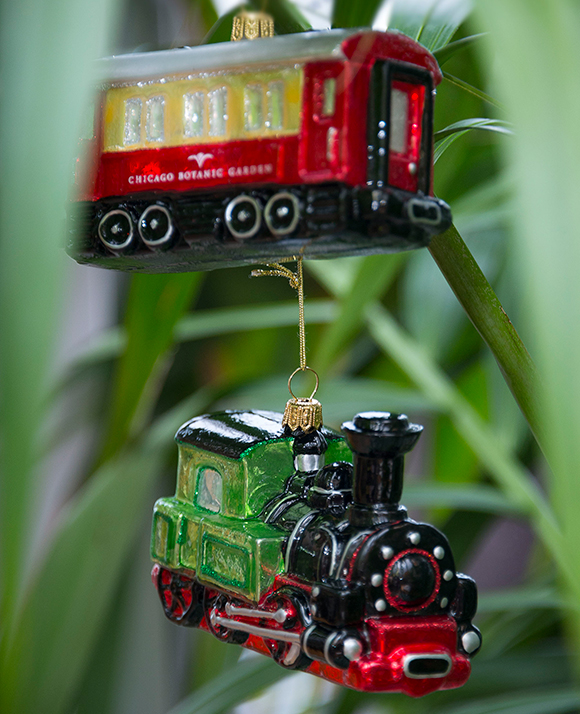
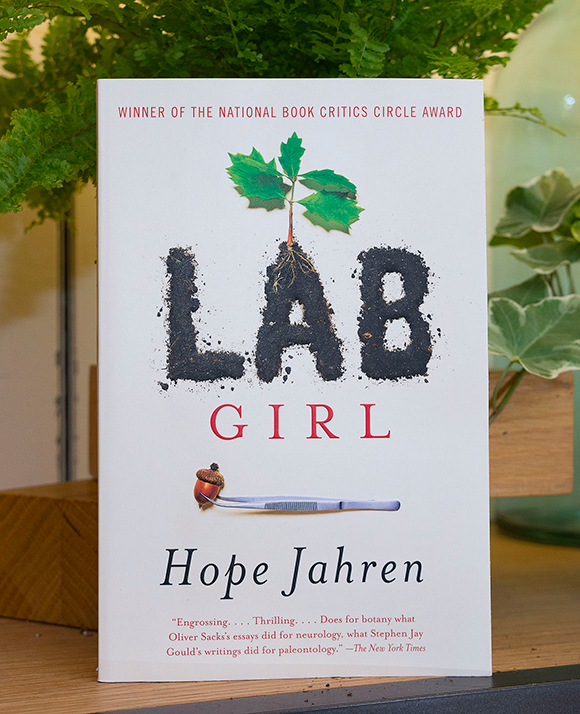
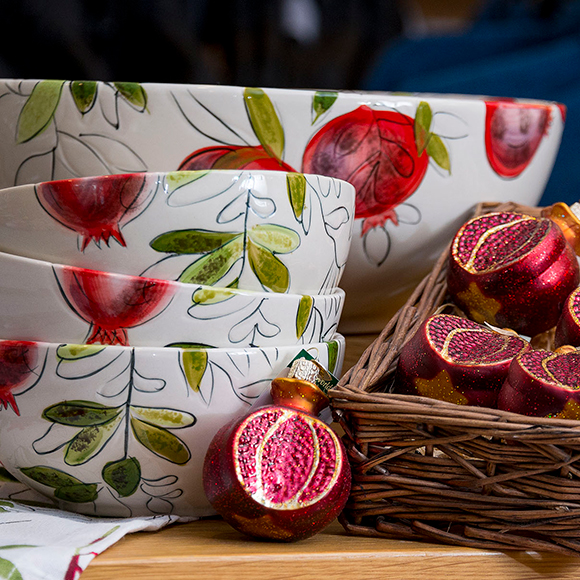
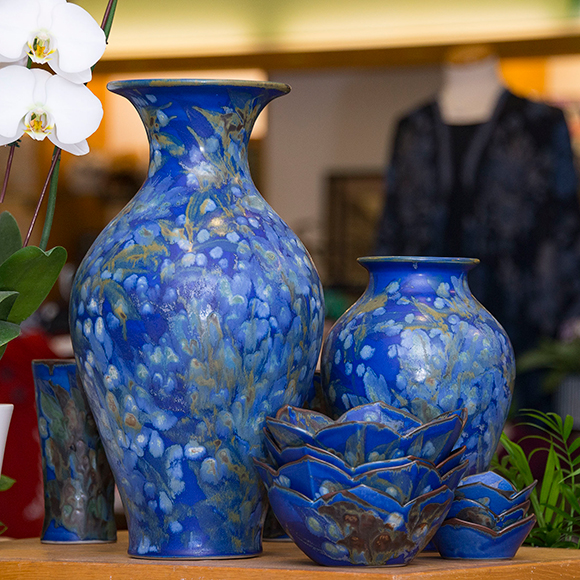
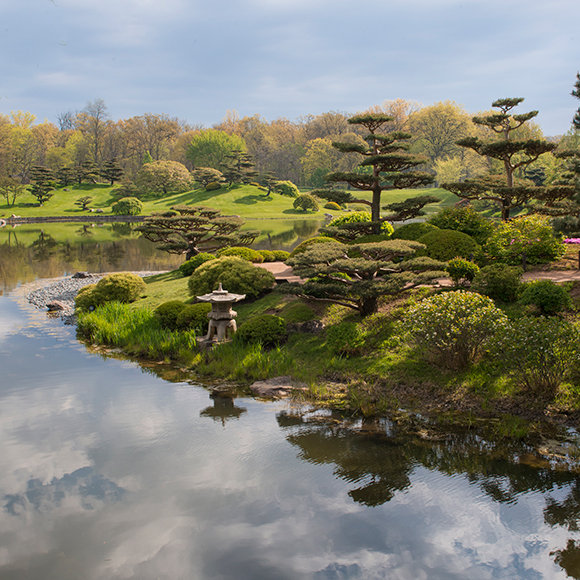
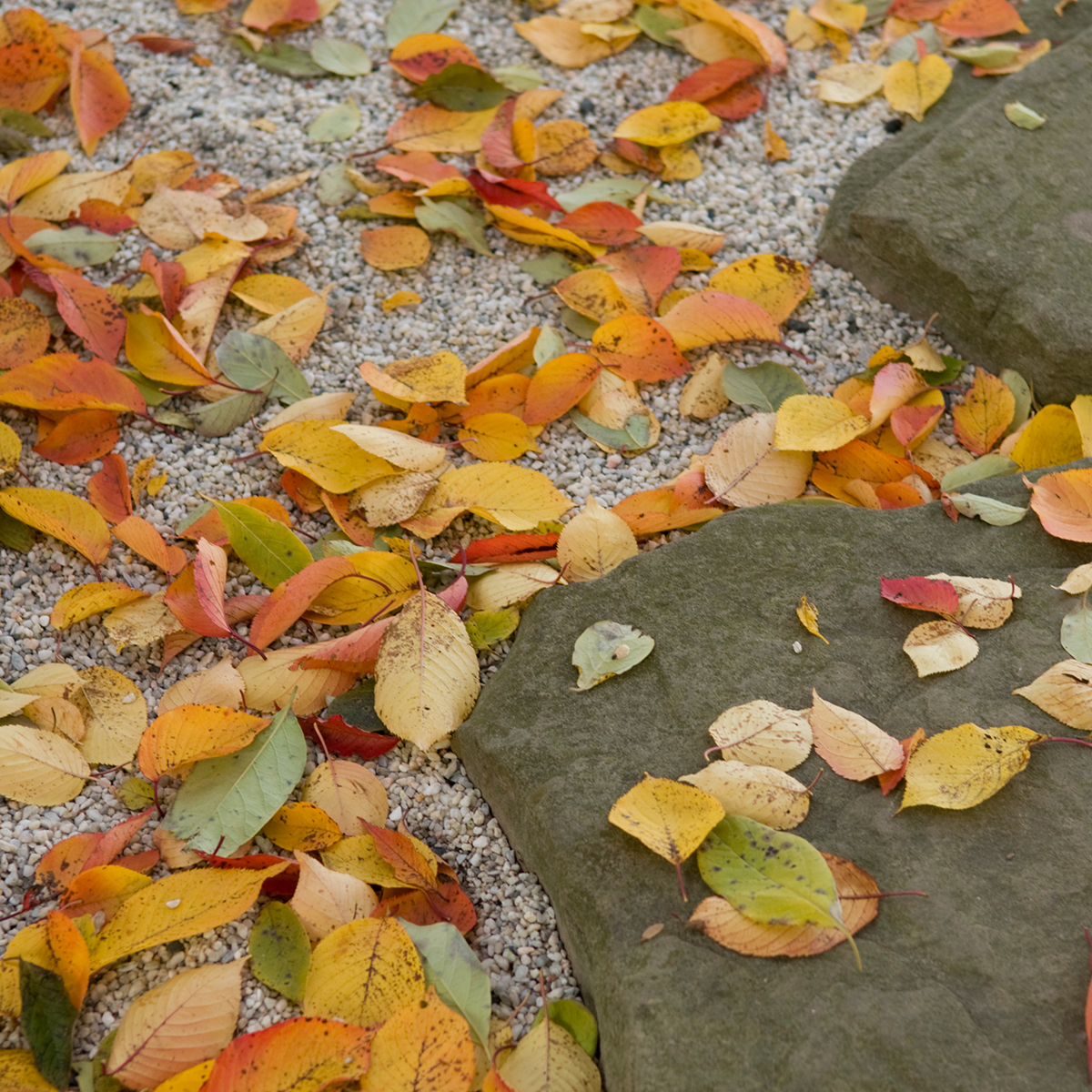
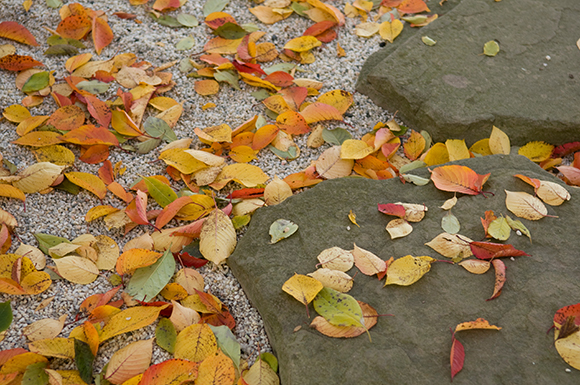
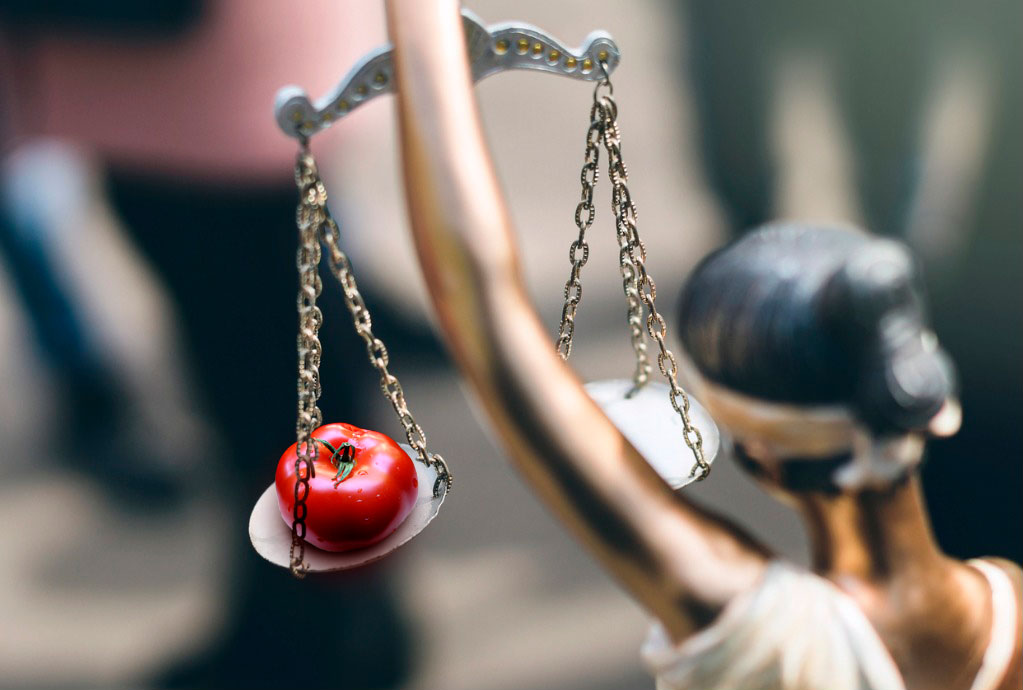
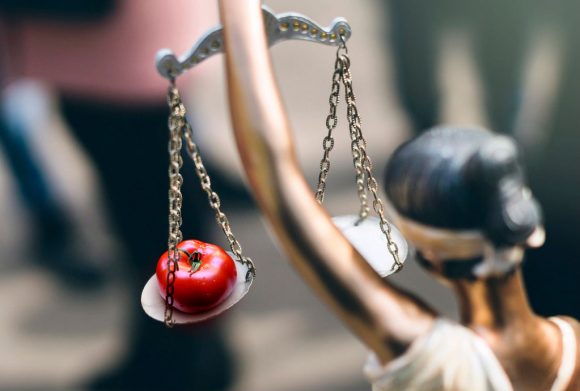 People were just as reluctant to pay taxes in 1886 as they are today, and as any good botanist of the nineteenth or twenty-first centuries would tell you, the tomato is indeed a fruit. Its tissues derive from the reproductive organs of the plant (and contain seeds), making it a textbook fruit. It’s not even botanically confusing like the oddball strawberry, which is technically a swollen receptacle that holds fruits (the little black achenes on the strawberry’s surface). A tomato is about as clearly a fruit as there is, botanically speaking.
People were just as reluctant to pay taxes in 1886 as they are today, and as any good botanist of the nineteenth or twenty-first centuries would tell you, the tomato is indeed a fruit. Its tissues derive from the reproductive organs of the plant (and contain seeds), making it a textbook fruit. It’s not even botanically confusing like the oddball strawberry, which is technically a swollen receptacle that holds fruits (the little black achenes on the strawberry’s surface). A tomato is about as clearly a fruit as there is, botanically speaking. Read more about cultivating tomatoes in our Tomato Talk series on Facebook (
Read more about cultivating tomatoes in our Tomato Talk series on Facebook (
